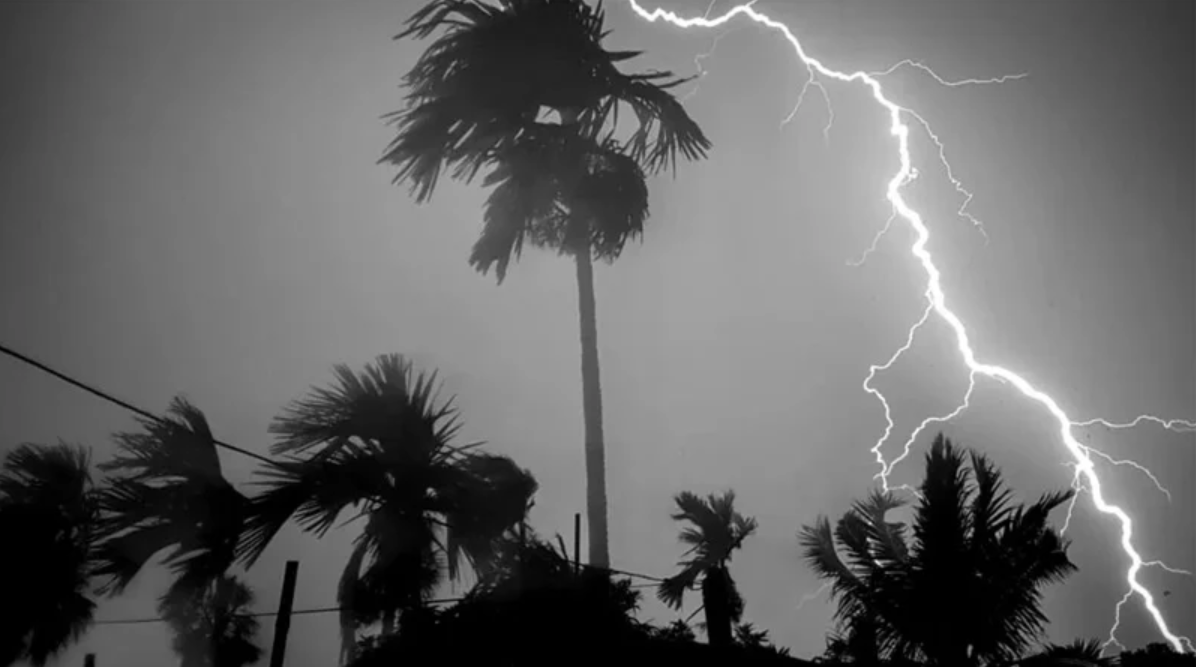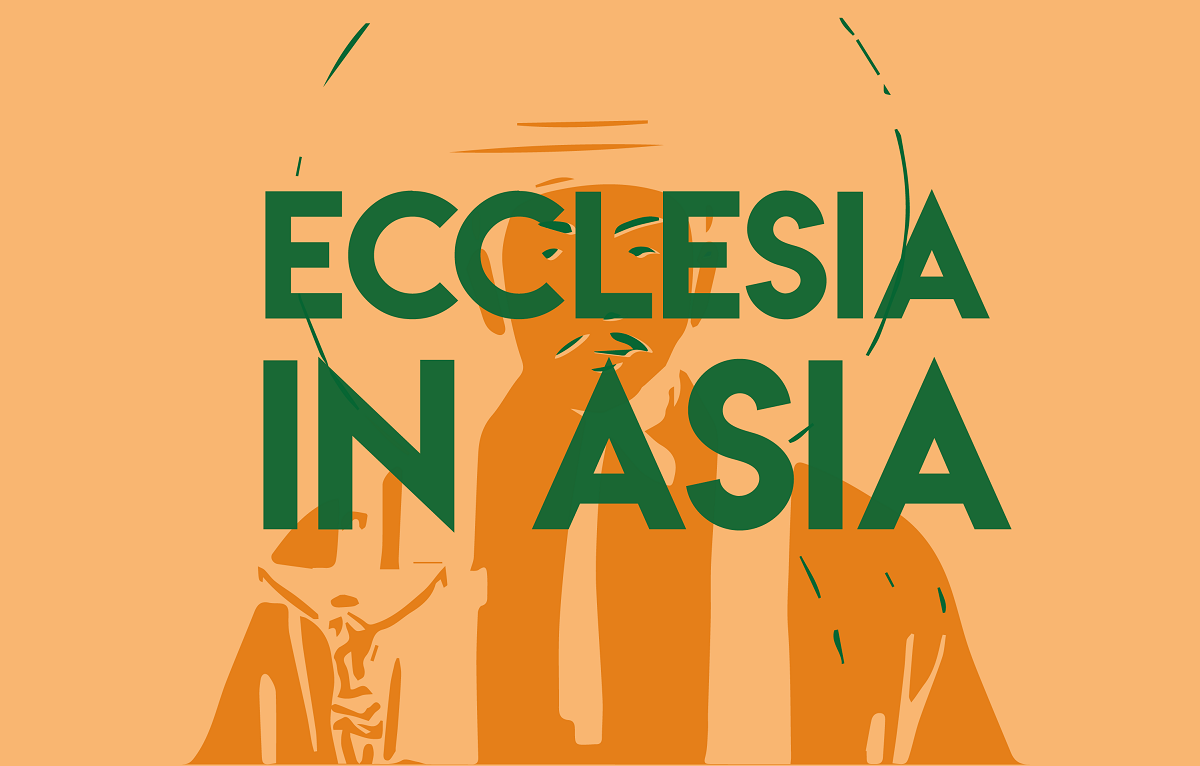Bangladesh, fatal lightning strikes: 34 victims in 2025, government focuses on rapid alerts
The latest to lose their lives were two students from Comilla while flying kites. Lightning is one of the leading causes of death in the country, with 3,845 deaths since 2011. Despite the development of early warning systems, deaths are mainly among farmers. The government is pushing for timely alerts via text message and phone calls, but obstacles remain in rural areas. Tree planting and awareness-raising are crucial preventive measures.
Dhaka (AsiaNews) - On 28 April, two young students, Fahad Hossain, 13, and Mohammad Jihad, 14, lost their lives due to a lightning strike.
They were flying kites in Barura, Comilla district. The first year students of Baraharipur High School were caught in a sudden storm and were unable to find shelter in time.
Their deaths highlight a sad national trend: lightning strikes killed 15 people in nine districts in a single day, including farmers Nikhil Debnath, 55, and Jewel Bhuiyan, 32, who were harvesting rice in Muradnagar.
Lightning strikes remain among the deadliest accidents in Bangladesh. According to the Disaster Management Department, 3,845 deaths were recorded between 2011 and 2024, with an average of 274 deaths per year. Farmers working in open fields are particularly affected, but residents in urban and rural areas are also at risk during the monsoon seasons.
In 2016, lightning was officially declared a natural disaster, triggering projects such as the planting of palm trees and the installation of lightning rods. However, these measures have proved ineffective.
Dr Enamur Rahman, former Minister of State for Disaster Management, acknowledged the shortcomings, saying that palm trees were not ‘an acceptable solution’.
From January to 21 April this year alone, according to Disaster Forum, 34 people died and 16 were injured. Most of the victims, 17, were farmers, often exposed in open fields.
The current interim government is now prioritising early warning systems. Farooq-e-Azam, advisor to the Ministry of Disaster Management, said: ‘Predicting lightning 10-30 minutes in advance can save lives. Our goal is to send alerts via SMS or calls to communities at risk.’ On 17 April, the Meteorological Department issued its first lightning warning for 27 districts, marking a major step forward.
SM Kamrul Hasan, a meteorologist, added: ‘Reaching marginalised groups, especially farmers, remains difficult. Mobile tower alerts could bridge this gap.’ But despite progress, systemic obstacles remain. Many rural areas do not have access to real-time alerts, and awareness campaigns are limited.
Nitai Chandra De Sarkar of the Department of Disaster Management emphasised the need to educate the community: ‘People need to understand the dangers of being outdoors during storms.’
As climate change intensifies extreme weather events, Bangladesh's push towards advanced warning systems offers hope. However, translating warnings into actionable safety measures, especially for vulnerable populations, will determine whether the nation can curb the alarming number of lightning-related deaths. Since 2019, the Department of Disaster Management has recorded 426 lightning-related injuries in Bangladesh.
Rezwanur Rahman, director general of the Disaster Management Department, emphasised the importance of early warning and public awareness. ‘If we can give early warnings with the help of the Meteorological Department and the BTRC, we can save lives,’ he told the media.
The department employs 80,000 volunteers from organisations such as the Red Crescent and the Scouts to raise public awareness about lightning and other disasters.
The Meteorological Department reports that 38% of thunderstorms occur between March and May and 51% during the monsoon season (June-September), with regions such as Sylhet, Rangpur and Mymensingh being the worst affected. However, disaster expert Gauhar Naeem Wara argues that warnings alone may not protect farmers.
‘They cannot avoid the fields during harvest time. We need to engage communities and explore practical solutions such as tree planting,’ he says. Kabirul Bashar, a lightning expert, agrees: “Fast-growing trees such as kadam can protect lives in open fields.” His organisation, SSTAF, has been raising awareness and monitoring lightning victims since 2019.
11/08/2017 20:05







.png)










